What is a Bonsai Tree care?
A bonsai tree is a mini tree that’s implanted inside a container. In reality, the expression”bonsai” literally signifies”implanted in a container” in Japanese.
Bonsai describes the art of nurturing these tiny trees and is now an essential part of Japanese civilization dating back to the early 14th century. Once enjoyed by the richest aristocrats and high-profile members of Western culture, bonsai has become an art form that’s appreciated by people from all over the globe.
Bonsai Tree Care
Looking to get a bonsai tree may look intimidating at first. Here are a couple of strategies to demonstrate just how you can look after a bonsai tree easily. We also produced a helpful guide featuring fast methods for simple reference.
How to Position Your Bonsai Tree care
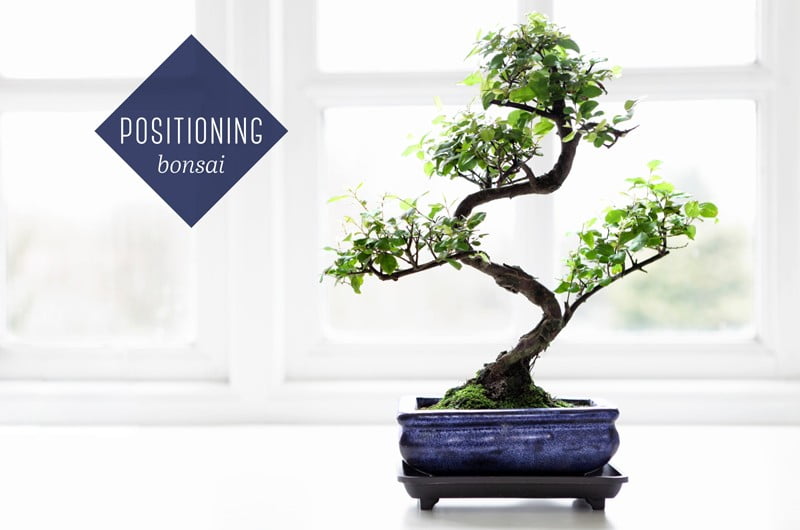
To ascertain the ideal place to display your bonsai, then you will have to understand which kind of tree it is and whether it’s an indoor or outside plant.Most frequent kinds of bonsai like juniper, pine and spruce trees are outside plants and ought to be subjected to the seasons like their bigger counterparts. Outdoor bonsai also consist of deciduous trees, meaning their leaves vary with the seasons. Indoor bonsai trees are usually subtropical species that thrive from steady temperatures during the year. As soon as you’ve figured out which kind of bonsai tree you’ve got, the rest is rather easy.
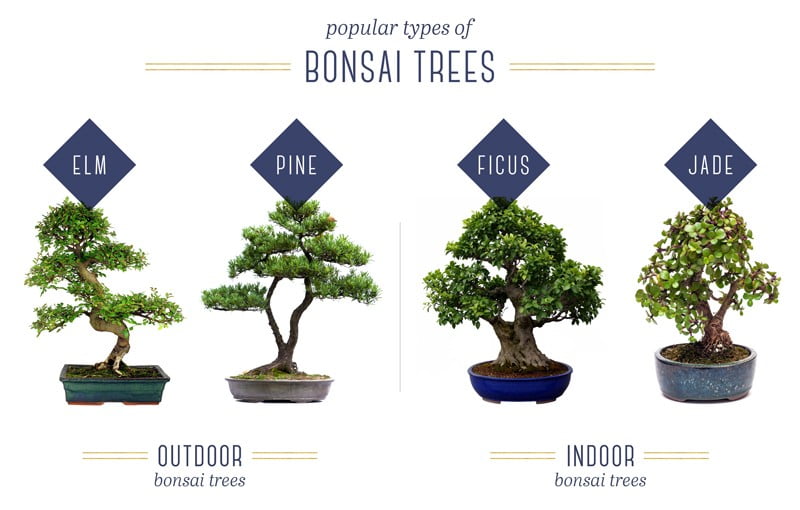
Below are a few general suggestions on bonsai tree placement which normally apply to all kinds of bonsai trees.
- Lighting: Maintain your bonsai in place with lots of sunlight.
- Humidity: Bonsais want humidity so as to maintain their soil moist.
- The leading cause of the majority of bonsai tree deaths is under-watering.
Watering Your Bonsai Tree for Good Care
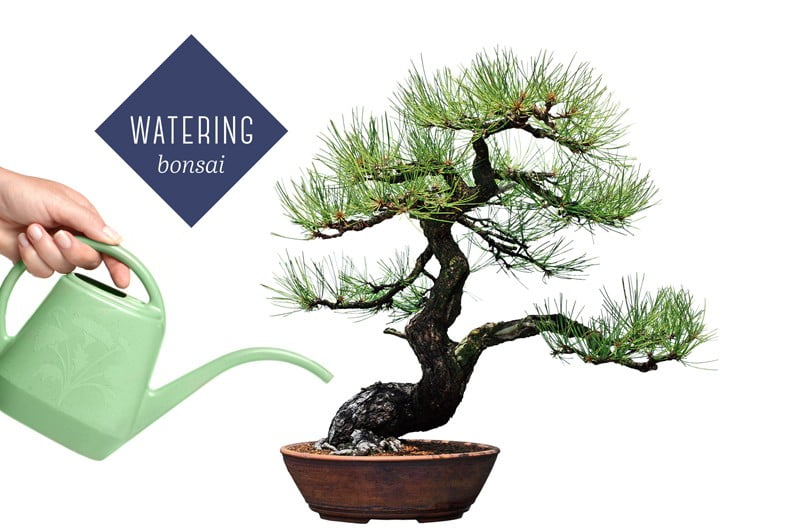
Since the dirt layer is really shallow, it’s likely to drying out very fast. Bonsai trees must be watered right when the upper layer of soil looks dry. Based on the kind and dimensions of your tree, in addition to the kind of soil you use, the frequency of watering could vary and may even be once each day. For that reason, it’s ideal to water every one your bonsai plants independently, rather than sticking to a regular.
When mowing your bonsai tree, the chief objective is to completely saturate the main system together with water. To guarantee appropriate saturation, maintain watering until water flows through the draining holes.
Overwatering can also be harmful to your bonsai tree. In case a bonsai is overwatered, its origins are drowning in water and therefore are deprived of oxygen that prevents further expansion to encourage the tree. Overwatering may also lead from poor-draining soil.
To make certain you’re watering your bonsai correctly, you will have to estimate your bonsai tree every day. The guideline is to water the moment the soil looks dry.
Pruning and Shaping Your Bonsai Tree Care
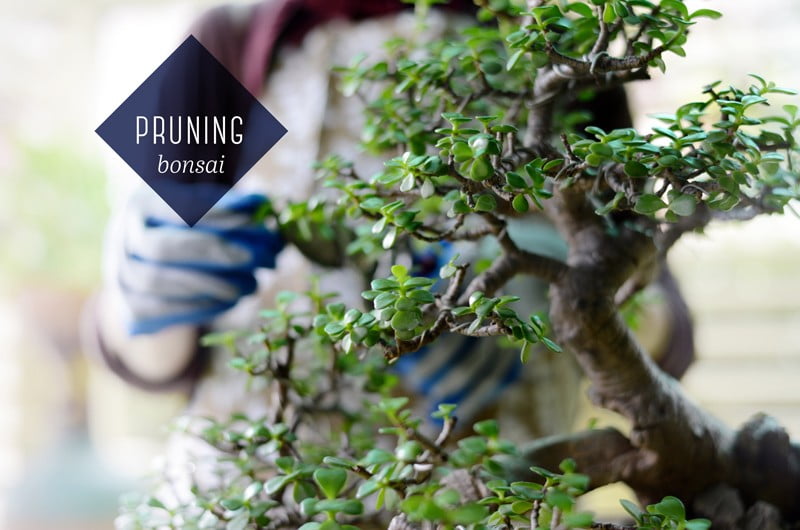
Pruning is vital for maintaining bonsai trees little and for keeping their streamlined form. There are two chief kinds of pruning: maintenance structural and pruning pruning.
Care pruning reinforces the shrub by encouraging new development. By cutting off young leaves and shoots it exposes the leaves beneath to sunlight and air that further strengthens the shrub and advantages its general wellbeing. Pruning branches away promotes the development of branches and lets you control the shape of your shrub. Pruning buds from branches creates a more compact foliage expansion which promotes the development of leaves that are smaller.
For flowering bonsais, pruning should take place throughout the spring to promote more blossoms to grow the next year. It includes the elimination of this tree’s main structural branches and demands the skills of an expert to be certain that the tree could recuperate.
Another means to correctly shape your bonsai tree would be to cable its branches. Wiring is best performed during winter once the leaves of this bonsai tree have dropped off.
Make sure you keep a watch out for the branch’s expansion and take out the cable when necessary. If the branch develops too quickly, it may grow in the cable and lead to scarring.
Bonsai Tree Soil
The key to picking the proper dirt for the bonsai is to select one that provides appropriate drainage. Add massive particles into your soil mix, like volcanic rock or stone, to increase drainage and also to introduce air to the ground. The perfect soil mix should also have the ability to hold water that may be made better with the addition of clay.Fertilizing your bonsai ensures it gets the appropriate quantity of nutrition it needs to keep healthy. A balanced bonsai fertilizer includes equal quantities of potassium, potassium and phosphorus. Before you fertilize, be certain you’ve watered your shrub completely since it’s damaging to purify the plant while the dirt is dry. Make sure you read the directions on the compost to avoid overfertilizing.
Repotting Your Own Bonsai Tree
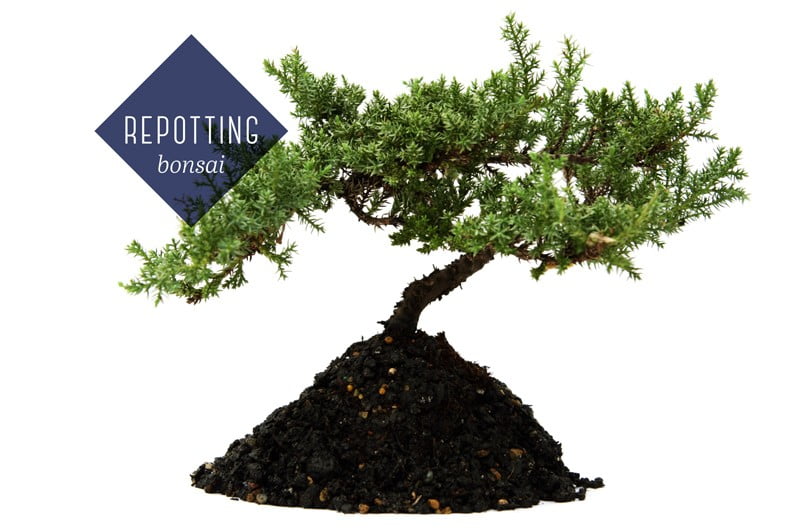
Repotting is a vital element in maintaining the health of the bonsai tree. The objective of repotting would be to get rid of excess roots that could cause the tree to purge, or not get enough nutrients because of its mass. Repotting also makes certain your tree may continue to flourish within a little pot. Bonsai trees must be repotted once every two to five decades, based on how fast your bonsai tree develops.
- Gently remove the tree out of its own pot.
- Use sharp shears, cut the outer layer of roots.
- Inspect the root mass for areas of rot trim away as needed. These areas can indicate where the bonsai is not getting enough drainage.
- Clean the pot itself and then remove any green or brownish stains.
- Lay mesh squares across the drainage holes to reduce dirt from falling out.
- Twist the bottom of the pot with dirt and set the tree at the top.
- Fill out the rest of the holes and openings where the origin used to exist with dirt.
They state that bonsai is not only a plant, it is a method of life. Bonsai trees need routine care and upkeep. Just follow along with ideas about the best way best to take care of a bonsai tree and shortly you will be on your way to becoming a real bonsai specialist!For novices, Juniper bonsai trees would be the simplest to look after so they are fantastic for beginner bonsai enthusiasts. To assist you recall bonsai maintenance essentials, we made a useful reference manual below with fast strategies for each phase.

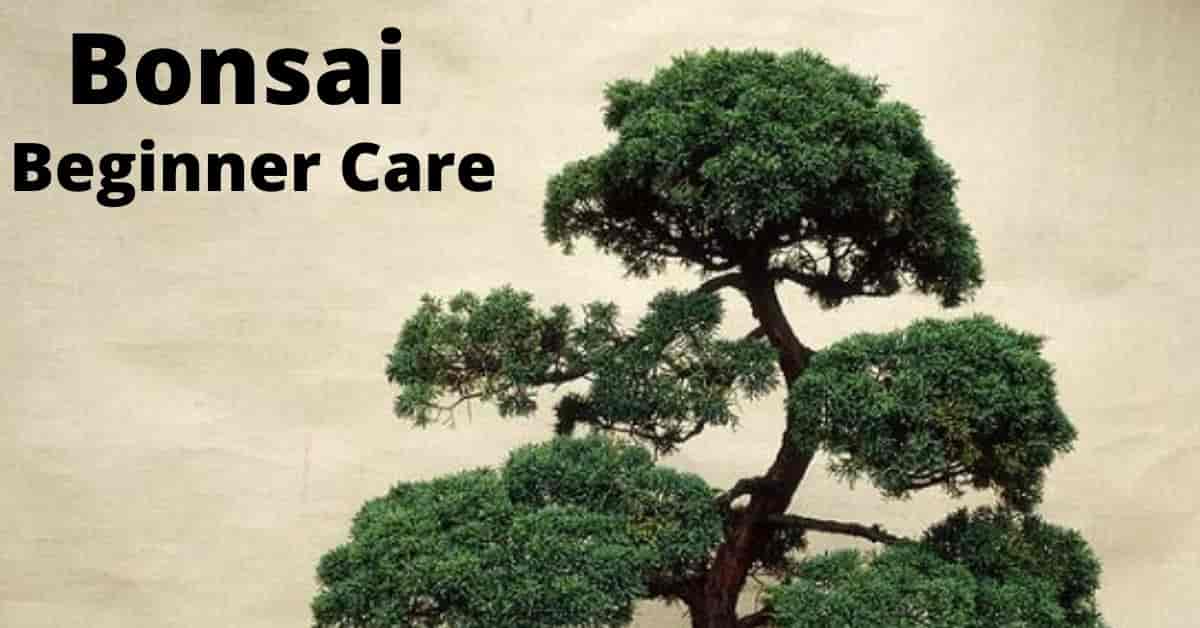
Please help in caring Chinese elm bonsai.
Thank you for Reaching out…
please check these care guides.
https://abanahomes.com/chinese-elm-bonsai-care-guide/
https://abanahomes.com/chinese-elm-bonsai-care/
if you have more issues with your bonsai plant then you can reach out to our support team.
You can send them a message on WhatsApp or call and they will help you.
Abana Homes Plant Care Team: 9315569090